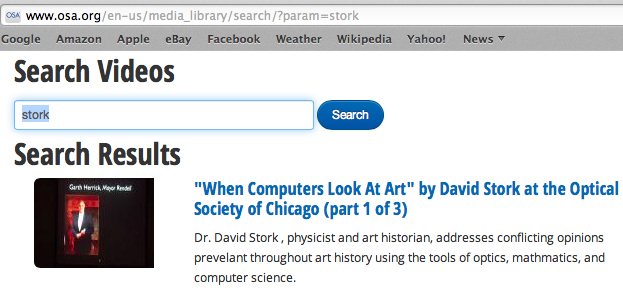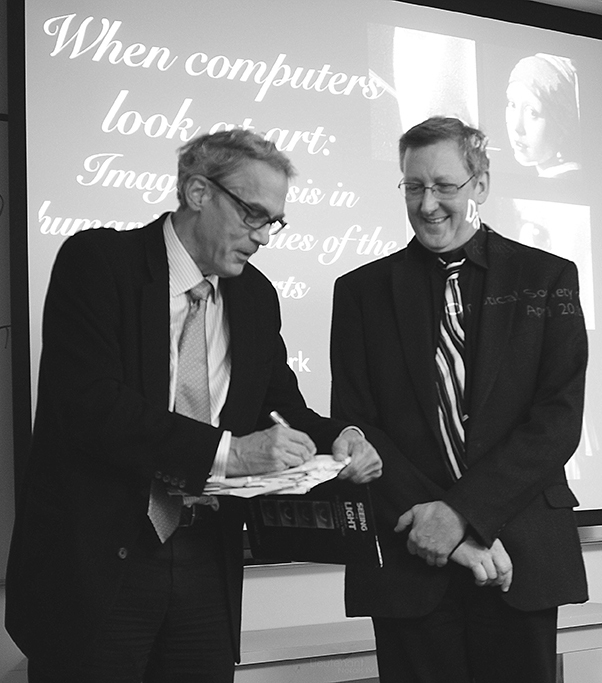 One of the classic contemporary texts on optics, although it was written before the
digital age hit. But the explanations of the
classic optical phenomena are right on, with a wacky sense of humor appearing
from time to time.
One of the classic contemporary texts on optics, although it was written before the
digital age hit. But the explanations of the
classic optical phenomena are right on, with a wacky sense of humor appearing
from time to time.
 One of the classic contemporary texts on optics, although it was written before the
digital age hit. But the explanations of the
classic optical phenomena are right on, with a wacky sense of humor appearing
from time to time.
One of the classic contemporary texts on optics, although it was written before the
digital age hit. But the explanations of the
classic optical phenomena are right on, with a wacky sense of humor appearing
from time to time.
Sprinkled throughout the text are TRY ITS which are demonstrations that can be done at home, like making a periscope, a pinhole and an anamorphic slit camera based on 126 film cartridges (no longer manufactured by Kodak since 1999, but still hanging in there thanks to Ferrania< of Italy!), conical anamorphic photographs, and many more. There are also PONDERS which really get you thinking about what you just read or experienced.
The frontispiece is the first Random-Dot Stereogram (aka Magic Eyes) that I ever saw and they describe how to make one without using a computer! Their holography section is surprisingly quite comprehensive, but don't expect to find anything on Compact Discs, as they had not become common in 1986!
One of the authors, David Stork, has published an article in Scientific American and devotes a whole web site to nay-saying the basic premise of David Hockney's book, Secret Knowledge. I myself prefer to believe in Hockney's explanation of the use of optical devices to render perspective and the fact that the artists kept their tricks secret, knowing what I know about 19th century photographers and 20th century holographers.
Click here to see a video that I had taped when Mr. Stork gave a presentation at Harrington College of Design when we hosted the Optical Society of Chicago in 2012. (Be forewarned: you need to create an account to see the video, but it is free!)

Here he is autographing my copy of his book. (Photo Credit: Lieutenant Norals.) One author down, two more to go for the complete set.

My biggest criticism of this book is that the photographs could have been reproduced better. But there are a lot of them! Almost half of the paper real estate is photos! To compensate for ths defect, I suggest that students take better pictures of those in the book for me to add to my PowerPoints when I use this book in teaching the "Physics of Light" class at Harrington College of Design for their final projects.
Which leads to a sort of back-handed compliment, that this book looks like it was inspired by Addison-Wesley's Optics, the Hecht and Zajac collaboration in any of its incarnations, which is also illustrated profusely with the author's photographs. The organization of the chapters are suspiciously similar. But Seeing the Light is like Physics for Poets in the realm of optics, (which makes it perfectly suitable for the inmates in my classes), while Hecht is for students who do not fear neither vectors, matrices, determinants nor calculus.
A must get book for all practitioners of the optical arts!It is a bit on the pricey side, but what textbook isn’t in this day and age!